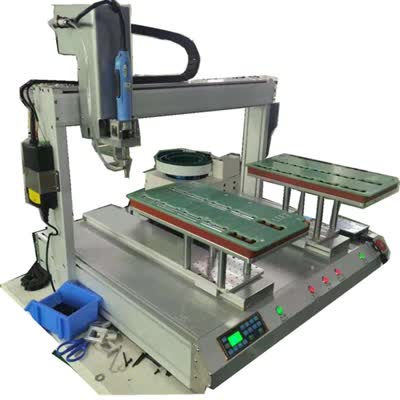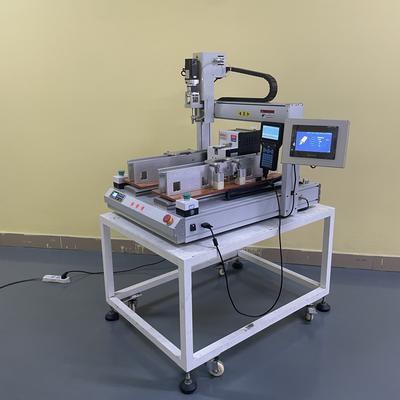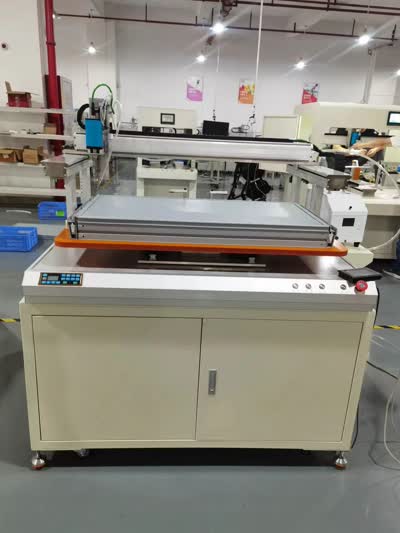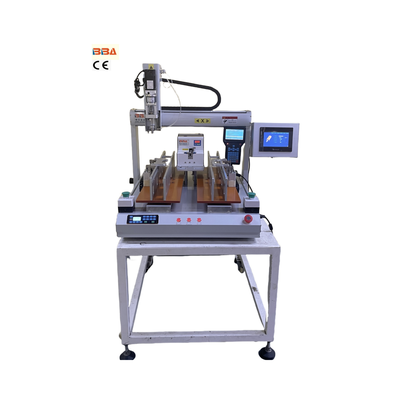Cycle Time Optimization with Auto Screw Drivers | Industrial Automation Solutions
Cycle Time Optimization Using Auto Screw Drivers
In the fast-paced world of industrial automation, minimizing cycle time is a critical factor in enhancing productivity and maintaining competitiveness. Automated screwdriving systems have emerged as a key solution for achieving significant improvements in assembly line efficiency. This article explores how auto screw drivers contribute to cycle time optimization and the benefits they bring to modern manufacturing.
Auto screw drivers are precision tools designed to automate the screw fastening process, eliminating manual labor and reducing variability in assembly operations. Unlike traditional manual screwdriving, these systems offer consistent torque application, precise positioning, and rapid operation - all of which directly contribute to reduced cycle times. By integrating auto screw drivers into production lines, manufacturers can achieve faster throughput while maintaining high quality standards.
Key Advantages for Cycle Time Reduction
1. Consistent Operation Speed: Auto screw drivers maintain optimal working speeds throughout production shifts, unaffected by operator fatigue or variability.
2. Precision Placement: Integrated vision systems and sensors ensure accurate screw positioning, eliminating time-consuming misalignment corrections.
3. Simultaneous Fastening: Multiple-spindle configurations allow parallel processing of several screw points, dramatically reducing assembly time per unit.
4. Error Minimization: Automated systems reduce stoppages caused by human errors, faulty fastenings, or inconsistent torque application.
Implementation Considerations
Successful integration of auto screw drivers requires careful planning. The physical layout of workstations must accommodate the equipment's movement range and access requirements. Product design should consider screw head types, fastener lengths, and access angles that optimize the automated process. Additionally, regular maintenance schedules ensure sustained performance over time, preventing unexpected downtime that could negate cycle time improvements.
Data collection capabilities in modern auto screw drivers provide valuable insights for further optimization. By analyzing performance metrics such as fastening time per screw, error rates, and tool utilization, manufacturers can fine-tune their processes for additional cycle time reductions. Some advanced systems even feature adaptive learning algorithms that automatically adjust parameters based on material variations or environmental conditions.
Future Trends
The evolution of auto screw driving technology continues to push the boundaries of cycle time optimization. Emerging developments include:
- Collaborative robotic screwdrivers that work alongside human operators without safety barriers
- AI-powered predictive maintenance systems that anticipate tool wear before it affects performance
- Ultra-high-speed servo systems with instantaneous torque adjustment capabilities
- Integrated quality verification systems that combine fastening with immediate inspection
As manufacturers face increasing pressure to improve productivity while maintaining flexibility, auto screw drivers will play an ever more important role in achieving these goals. By leveraging these advanced automation solutions, companies can realize substantial cycle time reductions, higher product quality, and improved overall equipment effectiveness throughout their production operations.
| Product Name | Applicable industries |
| Screw Locking Robot | LED Lighting Industry |



